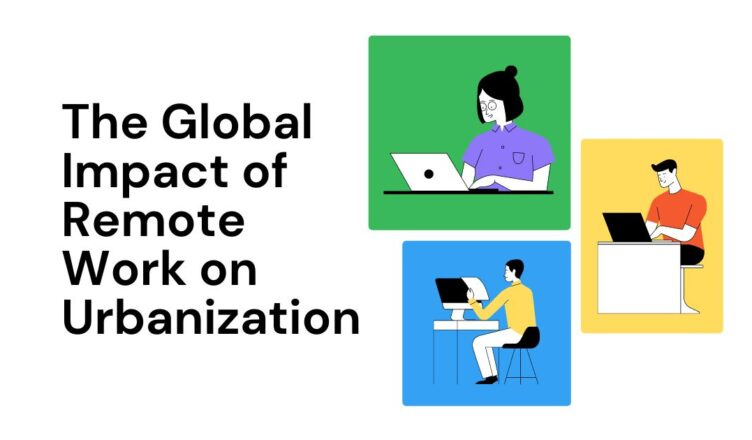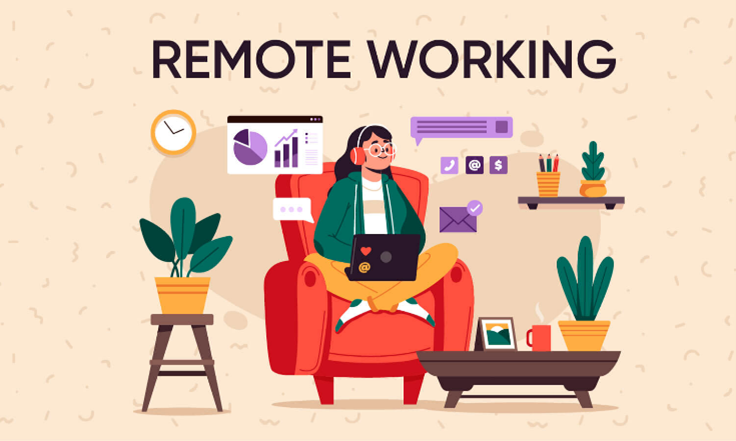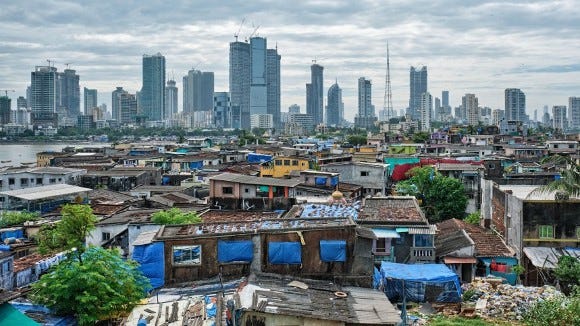Introduction
Remote work, once a temporary response to the COVID-19 pandemic, has become a defining element of the modern workforce in 2025. What began as an emergency measure has transformed how people work, live, and interact with cities. This shift profoundly reshapes urban life, altering housing trends, economic activity, infrastructure design, and social behaviors. Let’s explore how step by step.
🧑💻 1. The remote work revolution: where we stand today.
By 2025, remote work will no longer be a perk; it will be the norm. Approximately 27% of workers with remote-capable jobs are fully remote, while 53% follow hybrid schedules, which combine home and office work.
The change isn’t just logistical; it’s cultural. A staggering 98% of remote workers want to continue working remotely for the rest of their careers. Companies report stable or improved productivity, and employees show higher engagement levels than those of fully in-office workers. Remote work is no longer the future; it’s the present.
🏘️ 2. Migration and housing patterns: The “Donut Effect”
The “Donut Effect” One of the most visible consequences of remote work is a shift in where people choose to live. Freed from the need to be near their offices, workers are moving away from crowded and expensive city centers to suburbs, smaller cities, and even rural areas.
💸 3. Economic Impact on cities and suburbs
Remote work has reshaped local economies by reducing demand in urban centers while boosting activity in suburban and rural areas. Cities that once thrived on office workers supporting restaurants, transit, and retail are seeing revenue declines, while suburbs benefit from increased spending by residents working from home.
4. Social and environmental implications
Remote work offers undeniable benefits, such as better work-life balance, flexibility, and reduced commute stress. However, it also introduces risks, such as social isolation and blurred boundaries between personal and work life. From a diversity and inclusion standpoint, remote work has opened doors for individuals who previously faced barriers, including those with disabilities and members of underserved communities.
⚠️ 5. Challenges and the road ahead
Despite the positives, challenges remain.
Urban inequality: Service workers are dependent on downtown foot traffic. Cleaners, food vendors, and retail clerks face job insecurity as cities empty.
Digital divide: Not everyone has reliable internet access or the digital literacy needed to participate in the remote economy.
Policy gaps: Cities must act now to support urban and suburban growth. This means investing in broadband, revising zoning laws, and reimagining city design for a hybrid workforce.
Conclusion:
As remote work redefines how and where we live and work, cities and suburbs must adapt quickly to evolving economic and social dynamics. The shift presents opportunities for greater flexibility and inclusivity, as well as challenges that demand thoughtful policy and infrastructure responses. Navigating this transformation will be crucial to shaping resilient, equitable urban futures.
Do you have a project or idea?
Feel free to drop me a line. If it’s interesting, I’m in if it’s weird, even better.




